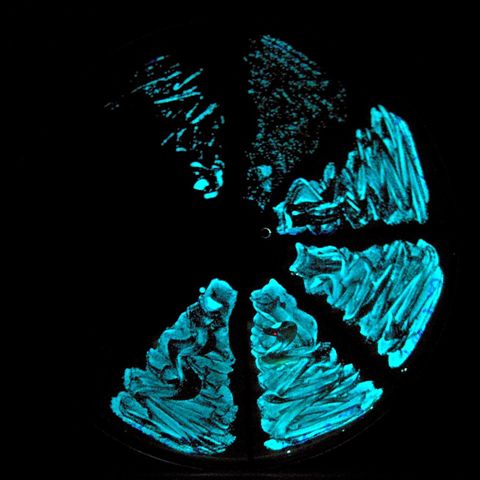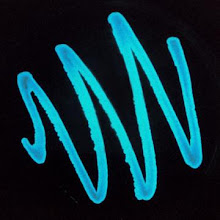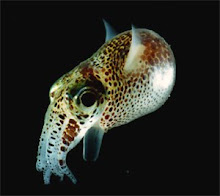Control
3
4
2
5
4
4
5
4
4
4
3
5
4
4
2
5
4
3
4
5
6
4
2
4
4
3
4
5
4
5
24 Hours of Sonar
2
4
4
4
6
5
4
4
2
3
4
3
3
4
2
2
4
3
4
3
4
4
3
4
3
3
2
4
4
3
Tuesday, May 3, 2011
Wednesday, March 16, 2011
Hypothesis Phase 2
It is hypothesized that with increased exposure to sonar, the amount of light produced by Vibrio fischeri will decrease.
Significance Phase 2
This project is significant because the United States Navy constantly emits sonar waves to detect submerged items, determine underwater topography and for scientific studies. If emitting these sound waves alters or harms marine life, possibly an alternative form of detection could used or the use of sonar waves should be reduced. Also, this project would help understand more about the biochemical reactions involved in bioluminescence.
Title of 2011 project
The Effects of Sonar on the Bioluminescence Produced by the Bacteria, Vibrio fischeri
Thursday, April 8, 2010
Wednesday, March 24, 2010
Conclusion
The results of the experimentation showed that the 3% salinity caused the vibrio to emit the most light. These results reject the researcher’s hypothesis that a 5% salt solution would cause the greatest light emission from the bacteria. A possible explanation for these results could be that the salinity content within a symbiotic host where the virbio thrives is close to 3% salinity. Should this experiment be completed again, salt solutions of 2% and 4% would be added to the current experimental groups.
Tuesday, March 2, 2010
Hypothesis
it was hypothesized that Vibrio fischeri exposed to higher levels of salinity (five percent) will produce the most light. This was predicted because the average salinity of the ocean (where Vibrio is found) is around five percent.
Subscribe to:
Comments (Atom)


